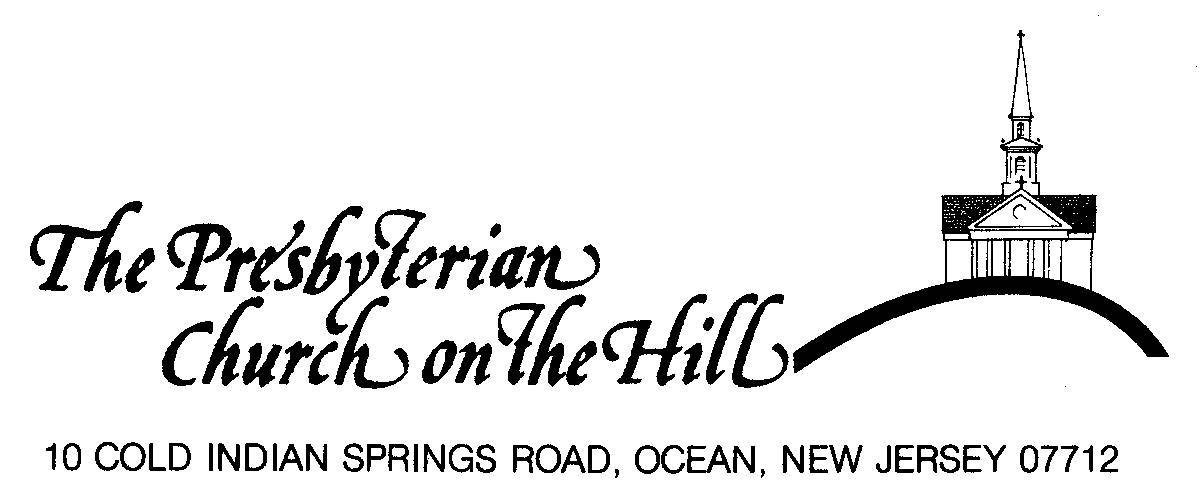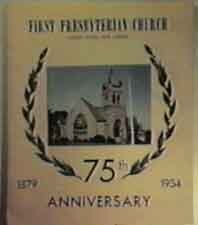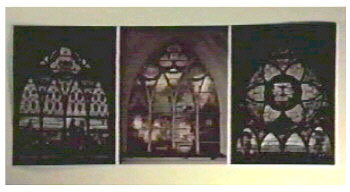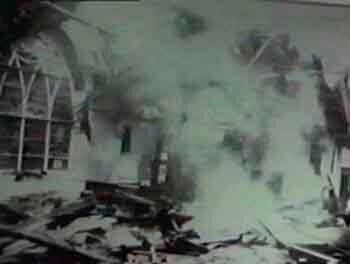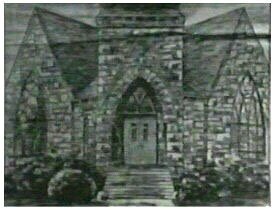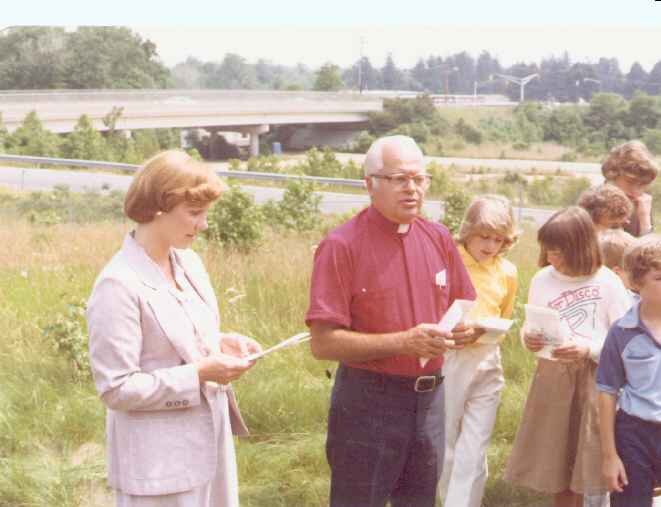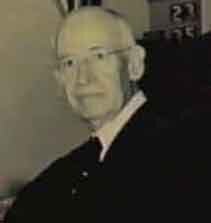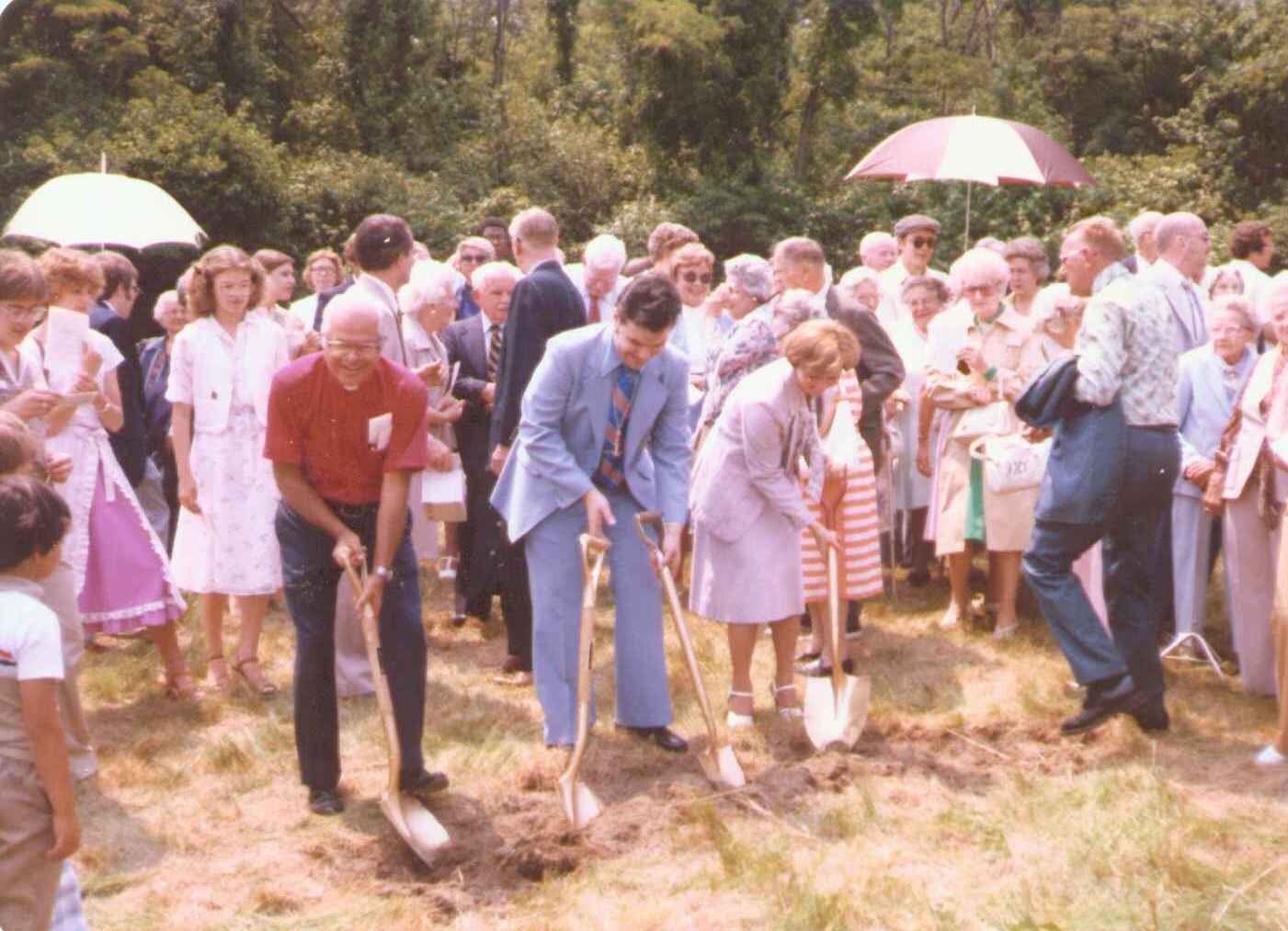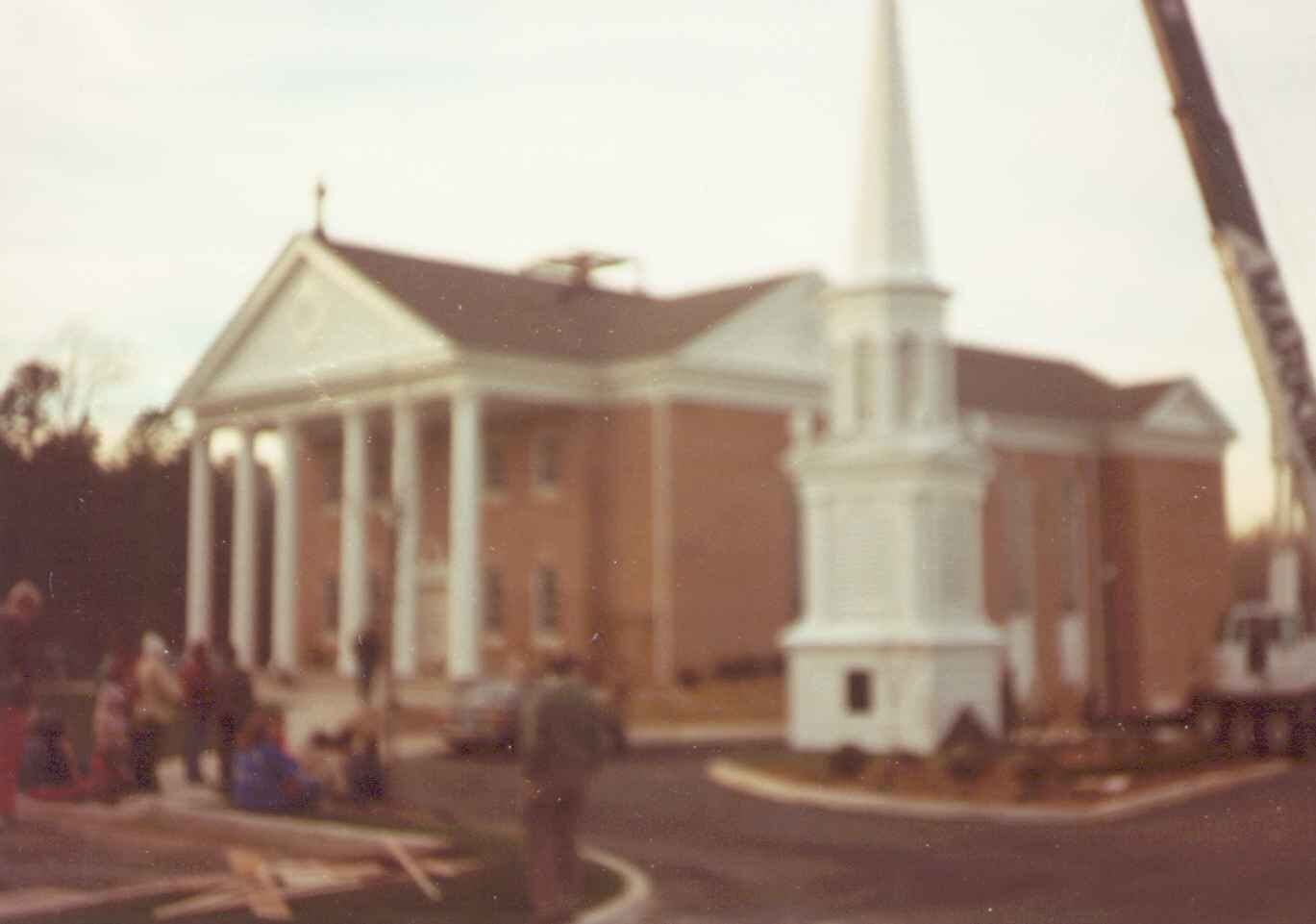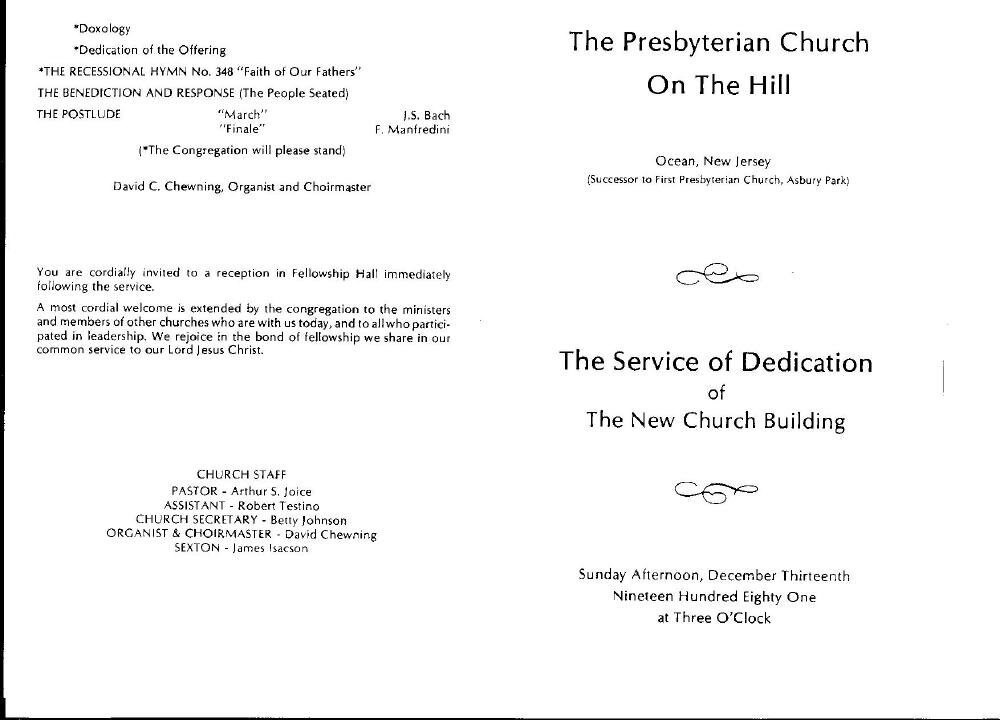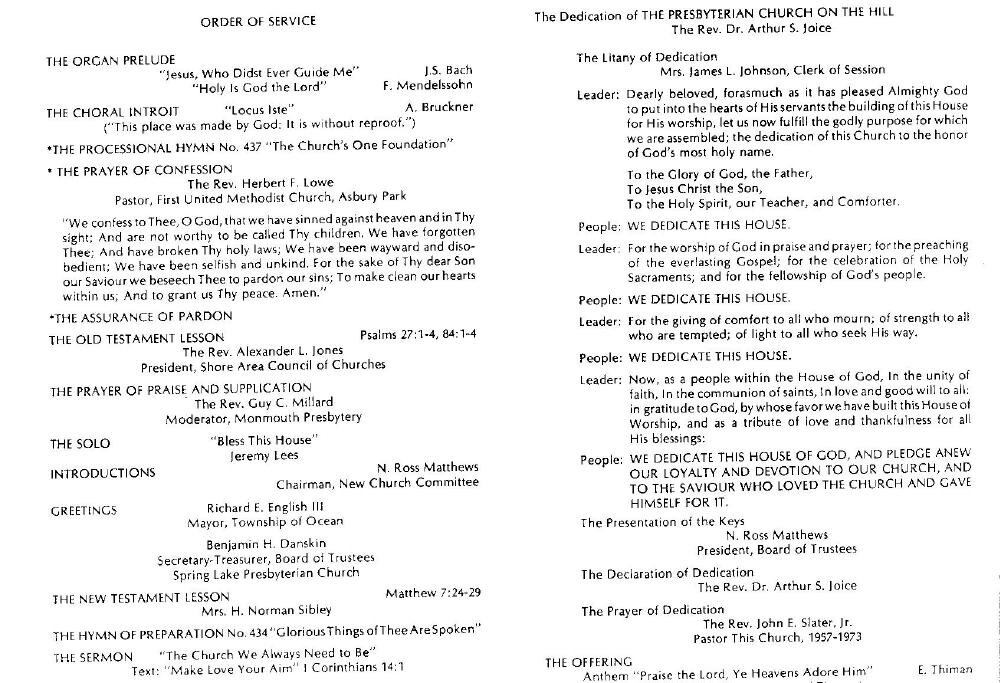
History of our Church
The church was established with the help of James A. Bradley who had just founded Asbury Park and offered to donate a lot 100 feet by 100 feet to the Presbytery. Prior to his donation, the first church in the new municipality was the Dutch Reformed, organized in 1875. Members of other denominations worshiped there and in Park Hall until they had enough members to form a church of their own choice. Presbyterians met on September 3, 1877 and chose 7 trustees, incorporated as the Trustees of the Presbyterian Tabernacle, and they erected an open auditorium at the southeast corner of Bird's Street and Second Avenue. The Trustees' primary objective was the organization of a formal church. On the evening of July 8, 1879 in old Educational Hall, a petition to the Presbytery having previously been presented, became a fact and the First Presbyterian Church of Asbury Park became a reality with just 19 members.
On March 2, 1880 the southwest corner of Grand and Second was approved by a vote of 25 to 3. A Ladies Aid Society was formed to raise funds for the foundation. The deed was received in August and a wooden church was erected by Benjamin Albertson, a trustee, during the fall and summer of 1880 at a cost of $4,195.00. The building was dedicated Thursday, December 2, 1880 and the first service was held the following Sunday.
The first pastor of the church was Roy Elsworth Moran installed on June 15, 1883. On May 1, 1888 Doctor Frank Chandler, then president of the Young Ladies Seminary in Freehold, became pastor and served the church until his sudden death in May 1894.
In the winter of 1890, during Chandler's ministry, a growing congregation necessitated an addition to the facilities and planning for a new church begun. In 1892 the plans of architect's Weary and Kramer of Ohio were accepted. The building was to be faced with distinctive rare green stone brought from the quarries in Chester County, PA.
One of the most striking features of the new church was its beautiful stain glass windows. Three colorful works told familiar Bible stories. Installed when the building was erected in 1893, they were designed by the Mathews Decorative Glass Company of New York.
The north window told the story of Ruth and Naomi: "Thy people shall be my people and thy God my God." It was given to the church by the Ladies Aid Society of the 1890's. The south window depicted "Suffer the little children to come unto me" and was paid for by the children of the Sunday School who sold bags of salt to raise money. The Trinity was the subject of the east window with the central figure of a dove descending against a brilliant yellow background. Below were two Angels blessing the lilies of the field. It was paid for by the King's Daughters Circle. Smaller windows in the Sunday School room were the gift of William J. Cooper and the one in the Parlor was given as a memorial by Doctor James Ackerman.
Doctor Chandler died suddenly just three weeks prior to the June 1894completion of the new building. His death began a time of trial for the church with several pastors filling the position. The longest serving pastor in the history of the church, one that was to cover more than a quarter of the church's life, began in May 1918 when Doctor Charles Franklin Shaw of the Madison Avenue Presbyterian Church in Albany, New York, became our pastor. Soon there were three worship services each week including a Wednesday night prayer meeting, Doctor Shaw continued his pastoral services until 1944.
Subsequent Pastors included Reverend Weatherly who began his service January 25, 1946. During Reverend Weatherly's term a youth fellowship was formed and had an average attendance of 60 members. A minister of music was also appointed and there were five choirs. Reverend Weatherly also became one of the founders of the shore area Council of Churches. He ended his pastorate in June 1949.
The big event of 1954 was the celebration of the Church's 75th anniversary. A series of events throughout the year heralded this historic landmark.
On June 1, 1957, Reverend John E. Slater, Jr. was called as Pastor. He was to serve our church for the next 16 years. In 1958 our Church started participating in the Presbyterian summer camp and conferences in Johnsonburg, a program that still continues. In 1958 the congregation voted to build a Christian education building south of the Church.
Fire and Recovery
The future of the congregation was dramatically altered on Monday, January 8, 1979 when fire broke out in the church building. The fire started in the pastor's study and when it had finally been extinguished, only the stone walls of the sanctuary were left standing. Fortunately, the Christian education building was spared, suffering only smoke and water damage. Many church members, having heard the reports on their radios and scanners, rushed to the scene. All who were there remember it as one of the saddest sights they have seen. Among the heroes of the day were Helen Josifek and Greg Matthews, who saved the baptismal font and much of the stained glass. After the fire was extinguished, many congregation members were able to salvage papers, music, equipment, even some of the choir robes. In one of the more interesting application of technology, water-logged papers from the cornerstone were saved by freeze-drying them at the Freehold Nestle plant. The congregation quickly recovered from the disaster. The neighboring Methodist church offered its facilities so that the Presbyterian congregation could continue to worship. A building committee was quickly assembled to plan the reconstruction of the congregation.
The next step was to rebuild the church. At first, the congregation wanted to rebuild on site, using the existing masonry. However, after considering the soundness of the existing structure, as well as changing profile of both the congregation and Asbury Park, the congregation choose to relocate to a site in Ocean Township, on a narrow strip of land between Route 18 and Cold Indian Springs Road. The new church was designed in the Georgian style by Francis G. Vittette Associates of Camden. The cost of the building would be about 1.8 million dollars to be paid for through contributions and the insurance settlement on the Asbury Park church. Ground was broken for the new church in June, 1980; 18 months later the new building was dedicated on 13 December 1981, thereby completing the transition from The Fist Presbyterian Church of Asbury Park to the Presbyterian Church on the Hill. Yet the old church still lives, in the cross atop the main building, in the stone centerpiece of the Memorial Garden, in the stained glass windows lining the lobby, and in the beautiful stained glass of hundreds of lamps and candle holders.
